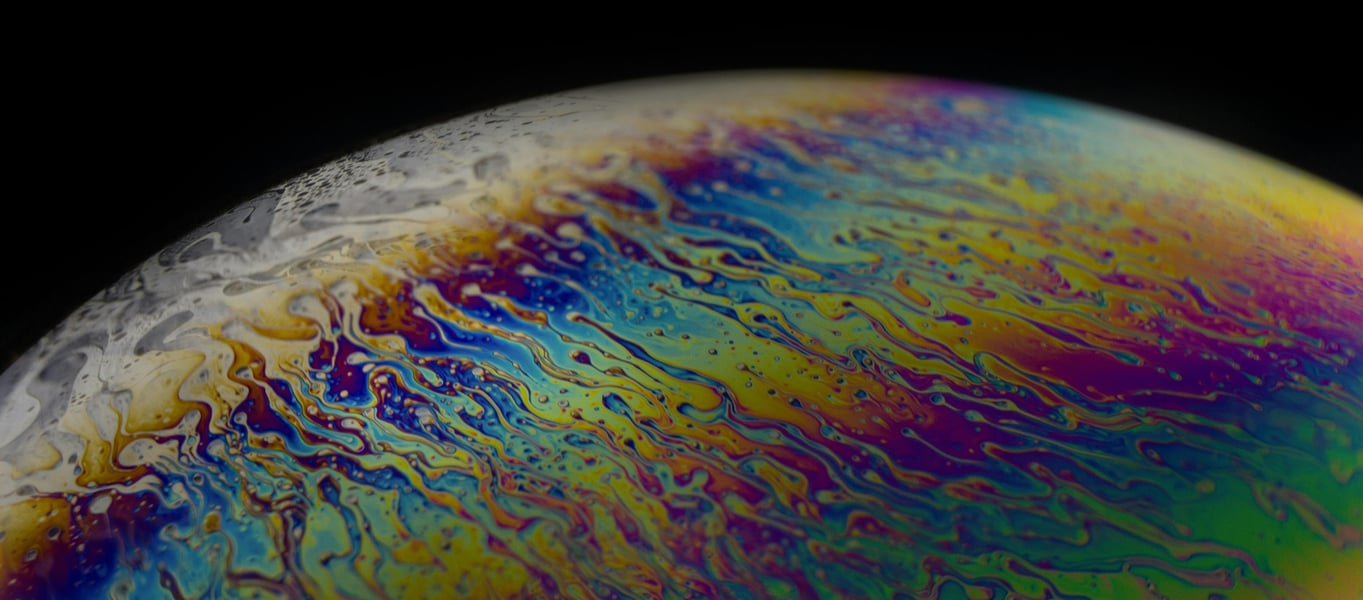Although heating oil (usually kerosene) is a rich energy source, providing a lot of heat for your home, many people are put off by the smells, soot, and ash that burning it can produce. It can produce fine particulates, carbon monoxide (CO), nitric oxides (NOx), and sulphur dioxide (SO2) when combusted, making your home and the area around it unpleasant and even toxic. Indeed, according to Public Health England, breathing in the fumes can cause dizziness, nausea, headaches and more.
A build-up of sludge
It’s common to have some build-up of soot and other residue when using heating oil. Over time, this becomes a gel-like sediment, containing dirt, excess moisture, rust flakes, microorganisms that feed on your oil, and fuel by-products. Removal of this sludge is needed every three to five years. If it is left for too long, it’ll potentially clog your system, causing damage and reducing fuel efficiency. If your tank is left for too long with water and sludge inside, you may need to replace it completely.
Corrosion that impacts tank life
You also need to be aware of corrosion that will impact the life of your oil storage and could lead to a costly leak [Link to blog 2/014]. Oil tanks tend to corrode from the inside out because water gets trapped within them and rusts the steel. That’s why an annual inspection by a professional is critical, but also monthly checks by you to ensure gauges, bases, and pipes aren’t corroded or blocked with sludge. Steel tanks with oil-resistant coatings need regular maintenance to prolong their lives. Darkened areas at the bottom of your tank can signal the aforementioned sludge problem.
Oily smells
Smelling the distinctive oily smell that comes from burning kerosene is often overlooked by off-grid homeowners using heating oil, but it can signal a bigger problem like a leak or faulty, clogged, equipment. If your tank is dirty and you’re often smelling a jet-fuel-like odour around your home, you’ll need to get a professional check.
Alternatives like LPG remove the hassle
Of course, switching to alternative energy sources and fuels like LPG (liquid petroleum gas) can drastically reduce the smells, soot, and ash around your home. As a colourless, hydrocarbon gas, LPG produces up to 20% fewer carbon emissions than oil and up to 33% less than coal, along with fewer ash and odours compared to oil, and it significantly reduces harmful emissions like nitrogen oxides (NOx) and sulphur oxides (SOx). But it still provides a high-energy, efficient way to heat your off-grid home.
LPG is non-corrosive and since it turns into a gas when released from its tank or cylinder, it doesn’t spill like oil. It also emits almost no black carbon, a sooty material that’s a significant contributor to global warming and that leaves residue around your home. Kerosene and solid fuels used for lighting, cooking, and heating homes are responsible for half of global black carbon emissions.
Various storage options
Your LPG storage solutions are more varied too, so you don’t necessarily have to keep an unsightly, dusty and rusted oil tank in your garden. LPG can be stored in cylinders in a cabinet near your house, in screened-off above-ground tanks, and in underground tanks that don’t compromise your views or garden space.
If you want to learn more about LPG, read our guide to switching from oil now.



